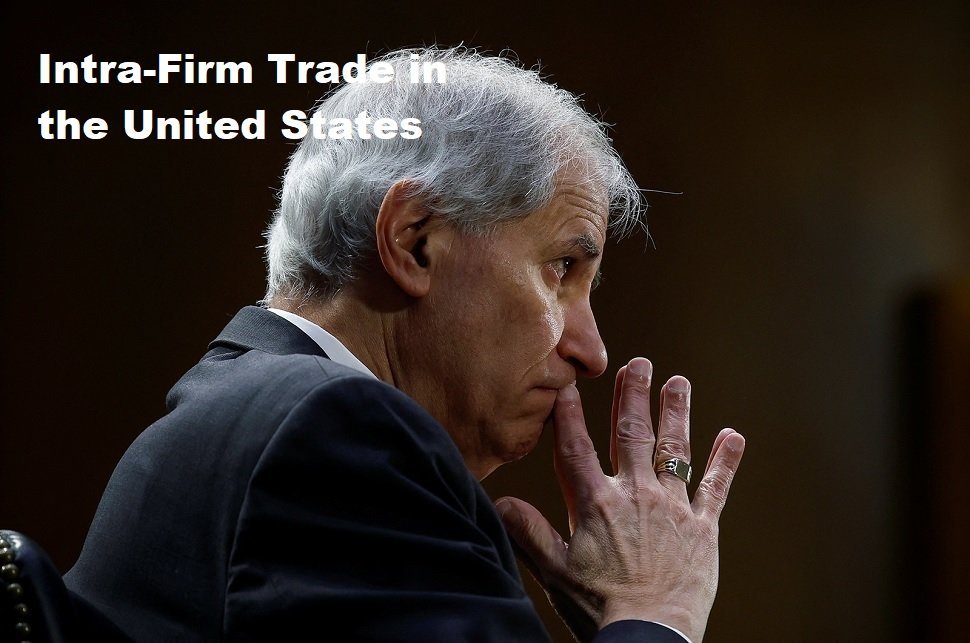Introduction and Definition of the Bertrand Edgeworth Model
Bertrand Edgeworth’s model is one of the fundamental concepts in industrial economics that was developed at the end of the 19th century. This model was created by two prominent economic theorists, Joseph Bertrand and Francis Ysidro Edgeworth, who worked independently of each other. This model was built to study competitive behavior in oligopoly markets by looking at how companies set their prices in the face of competitors. The Bertrand Edgeworth model can be defined as an analysis of price competition in a situation where the number of products that can be produced by each company is limited by capacity. In this model, each company sets the price of its products consistently based on marginal costs and tries to maximize profits in the face of competitors who also do the same. In this case, this model includes strategic aspects of price competition by considering production capacity limitations in both.
Some of the basic principles underlying the Bertrand Edgeworth Model include the existence of an oligopoly or market structure dominated by a few large companies. Furthermore, these companies have limited production capacity and are symmetrical, that is, each company has a similar capacity to produce goods. The third principle is the existence of consumer loyalty to certain products. This makes it difficult for consumers to change products or brands, and this is what encourages companies to compete through pricing. In general, the Bertrand Edgeworth Model provides a framework for understanding how companies in an oligopoly market structure determine their prices based on production capacity and other variables. This model also helps analyze how the company responds to competitors’ pricing strategies, as well as the implications of these price choices for profits and consumer welfare. Thus, the Bertrand Edgeworth Model is important to study in industrial economics to gain a better understanding of competitive dynamics and market strategy in modern times.
Differentiation of the Bertrand Edgeworth Model from the Bertrand and Cournot Model
The Bertrand Edgeworth Model compared to the Bertrand Model in price competition has many similarities and differences. These two models both describe price competition between producers selling homogeneous products. However, the biggest difference between the two is the assumption regarding production capacity. In the Bertrand Model, companies are assumed to have unlimited production capacity, whereas in the Bertrand Edgeworth Model, companies have limited production capacity which results in competition based on more realistic prices in oligopoly markets. The Bertrand Edgeworth Model can also be compared to the Cournot Model which focuses on quantity competition. Both the Bertrand Edgeworth Model and the Cournot Model explore how firms compete in oligopoly markets and describe their strategic behavior in determining output. The similarity lies in the fact that both models take into account the company’s production capacity. However, the difference lies in the competition they focus on. Bertrand Edgeworth focuses more on price competition, while Cournot focuses more on quantity or output competition.
The advantage of the Bertrand Edgeworth Model is its ability to take into account the limited production capacity of companies in its analysis and provide more realistic results about how producers compete in oligopoly markets. The model also expands understanding of how changes in price and quantity influence each other in an industry, which helps decision makers understand the implications of their pricing and production strategies. Although the Bertrand Edgeworth Model has several advantages in evaluating price competition in oligopoly markets, it also has disadvantages. Like the Bertrand and Cournot Model, the homogeneous product assumption may not always hold and ignores product differentiation that often occurs in real markets. In addition, this model still relies on the assumption of rational behavior by firms in determining prices, which may not always reflect the complex and dynamic reality of oligopoly markets.
Assumptions and Market Conditions in the Bertrand Edgeworth Model
Assumptions regarding consumer and producer behavior in the Bertrand Edgeworth Model are based on the belief that consumers will seek the lowest price for the goods they want, while producers will try to set the optimal price to maximize their profits. In this model, consumers are assumed to have perfect information about the prices offered by competing companies and will switch to the company that offers the best price. On the other hand, manufacturers are expected to be able to anticipate the actions of their competitors and respond by adjusting their pricing strategies. The market structure in the Bertrand Edgeworth Model involves a number of companies, where each company has limited production capacity. This market does not only consist of one or two companies, but can also include many companies competing with each other. The production capacity of each company is an important factor in this model because it influences the level of competition and the final results of interactions between these companies.
Under conditions of perfect competition, the Bertrand Edgeworth Model operates under the assumption that each firm produces homogeneous goods at the same marginal costs. However, in reality it is difficult to find examples of perfect competition like this. Bertrand Edgeworth’s model is more often applied in duopoly or oligopoly situations, where a small number of companies control most of the market share and face limited production capacity. Under conditions of monopoly, duopoly, and oligopoly, the Bertrand Edgeworth Model describes how firms compete with each other in setting their prices and production quotas. In this case, the model helps explain phenomena such as interdependent price adjustments, aggressive marketing strategies, and price wars between companies. Therefore, the Bertrand Edgeworth Model provides a useful theoretical framework for understanding the dynamics of competition between firms with limited production capacity in various industries and market environments.
Applications and Implications of the Bertrand Edgeworth Model
Bertrand Edgeworth’s model has been used in various real case studies to analyze markets in various industries. For example, research on the fuel retail industry in the United States highlights how this model helps understand competitor behavior and pricing strategies in oligopoly markets. In the steel industry, the Bertrand Edgeworth model has also been used to analyze the risk of collusion between producers and the results highlight the importance of price competition in reducing the potential for collusion. This model can also be found in pharmaceutical industry analysis, where researchers try to understand drug pricing strategies by pharmaceutical companies that tend to generate higher profits. Although the Bertrand Edgeworth Model has proven useful in several case studies, this method also faces many criticisms and challenges in implementation in the field. Moreover, the assumptions used by the model such as perfect information, homogeneous products and infinite adjustment have proven to be not always realistic in real situations. Additionally, the complex mathematical techniques required to apply these models often pose obstacles for researchers and decision makers.
Another criticism facing the Bertrand Edgeworth Model is the way it simplifies interactions between companies and consumers. In practice, many other factors influence consumer decisions besides price, such as product quality, customer service, and brand reputation. Therefore, this model is often considered too simple to capture the true complexity of the market. Nevertheless, the Bertrand Edgeworth Model has had a significant influence on public policy regarding the industry and anti-monopoly measures. Regulators often use thinking from this model to identify collusion and predatory pricing practices across industries. In some cases, this model can also be an analytical tool for regulators to determine appropriate intervention measures in oligopoly markets such as limiting the number of operating companies or regulations on the unification of companies. Overall, the Bertrand Edgeworth Model remains a useful theoretical tool in informing and shaping public policy in dealing with issues of collusion and monopoly, as well as ensuring healthy competition in oligopoly markets.












